
Numerous manufacturers make use of industrial robots in sheet metal automation. Doing so enables them to reduce operating costs and waste, automate tasks, increase total production output, and also promote the safety of their workers.
Robots are becoming a common thing in every manufacturing environment. Engineers are hard at work, coming up with different types of robots to fit the needs of niche industries.
Let us find out the different types of industrial robots and how they have changed the sheet metal automation segment.
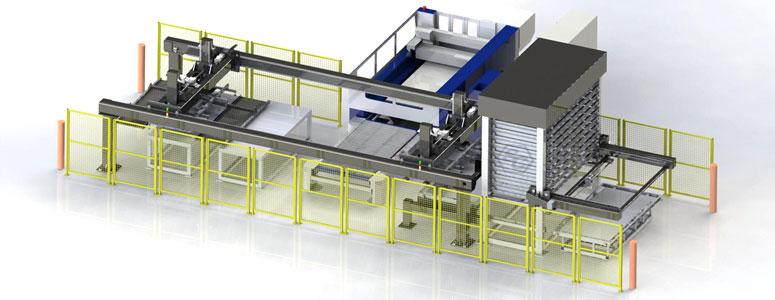
They are also referred to as gantry or linear robots.
Typically they work by going up and down, side to side, then in and out. This is referred to as 3-axis articulation, or movement along the X, Y and Z axis.
They are popular in the industry because of their incredible flexibility. Think about a gymnast, who can adjust their precision, speed, size and stroke length.
Cartesian robots are widely used in the sheet metal automation industry.
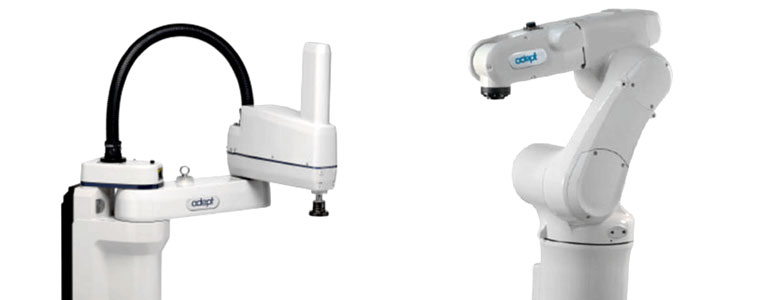
SCARA is a short name for Selective Compliance Assembly Robot Arm. Just like the Cartesian robots above, this robot stills functions in 3 dimensions. It can be programmed to go ‘up and down’, ‘side to side’, and ‘in and out’. In addition the arm can rotate in either direction.
SCARA robots perform excellently if a manufacturer wants to achieve lateral movements. This makes them the preferable option because they are faster and can achieve integration more easily than the Cartesian robots.
In the sheet metal automation industry, industrial SCARA robots are mainly involved in processes such as palletizing and on assembly lines.
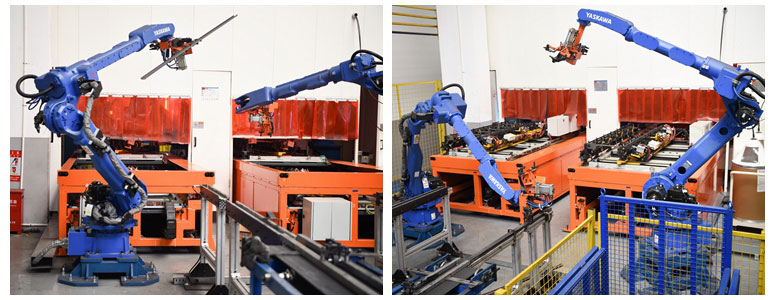
To understand how the articulated robot works, let’s think about the human arm configuration and how it achieves movement.
Articulated industrial robots consist of an arm installed on a base that has some form of a twisting joint. The arm may have two or more than five rotary joints, which act as axes. Every additional joint makes the robot achieve a greater motion degree.
In the industry, the robots are used in arc welding, machine tending, assembly, packaging and material handling.
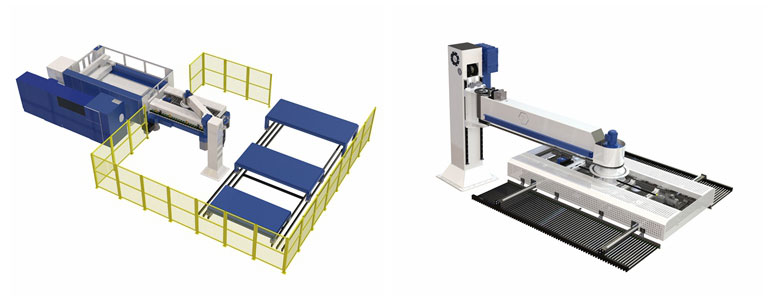
Automatic Loading and Unloading System
These are made with a rotary joint located on their base. They also feature a prismatic joint that serves as the connection for the links.
The robots move vertically and sideways with the help of an extendable arm and a rotating shaft.
Because they are incredibly compact, you will find cylindrical robots in workspaces that are typically tight as they perform activities such as coating applications, machine tending and simple assembly.
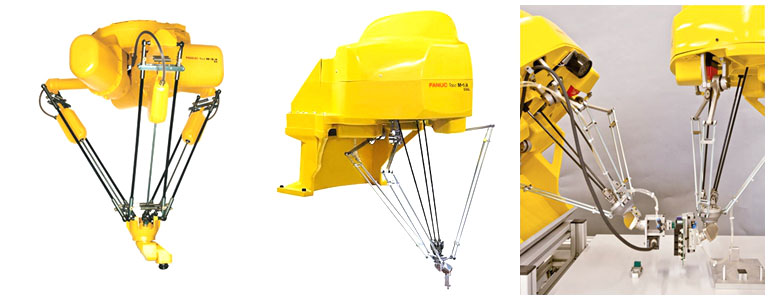
They are also known as parallel robots.
They have three arms installed to one base. The base is then mounted on top of the manufacturer’s preferred workspace.
Delta robots are designed to automate metals in a direction that resembles a dome shape. They can also move at very high speeds, but precisely and delicately thanks to the fact that each joint is controlled by all the three arms.
You will find delta industrial robots in the electronic industries.